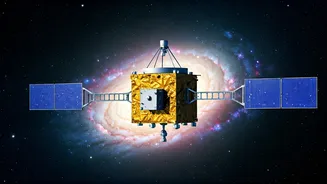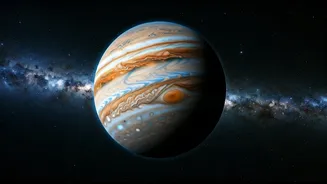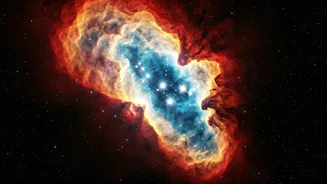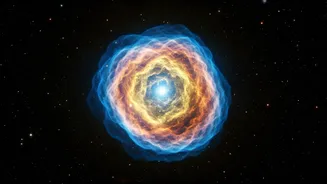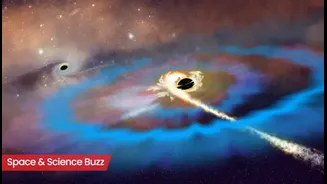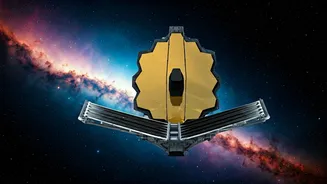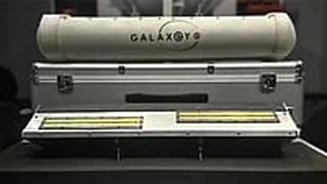NISAR's Big Launch
The joint NASA-ISRO NISAR satellite mission, initially delayed, has now been rescheduled for a June 2025 launch. This ambitious project aims to monitor
Earth's environment with unprecedented precision. The satellite will use advanced radar technology to measure changes in the planet's surface, providing crucial data on ecosystems, ice masses, and natural hazards. This collaborative effort represents a significant step forward in understanding our planet's complex systems and the impact of climate change.
Psyche Mission Update
NASA's Psyche mission experienced a setback recently, encountering a pressure drop, leading to the deployment of backup systems. The Psyche mission, designed to study a metal asteroid, aims to provide insights into the formation of planetary cores. While the mission faced challenges, the utilization of backup systems ensures the scientific objectives remain within reach. These developments highlight the complex and unpredictable nature of space exploration, emphasizing the importance of adaptability and robust engineering in achieving long-term goals.
Cosmic Mystery Origins
New studies are unraveling the shadowy origins of the universe's most luminous phenomena. Scientists are delving into the enigmatic sources behind these incredibly bright lights, using advanced telescopes and data analysis techniques. The findings challenge existing theories and offer fresh perspectives on the formation and evolution of the universe. This research is expanding our understanding of celestial mechanics and the fundamental forces shaping our cosmos.
Jupiter and Io
The Juno mission is shedding light on Jupiter's storms and the volcanic activity occurring on Io, one of Jupiter's moons. The Juno spacecraft is providing data on the planet’s turbulent atmosphere, and the intense geothermal activity on Io, enabling a better understanding of gas giants and their moons. These observations deepen our knowledge of the processes that mold planetary bodies and advance our exploration of the solar system.
